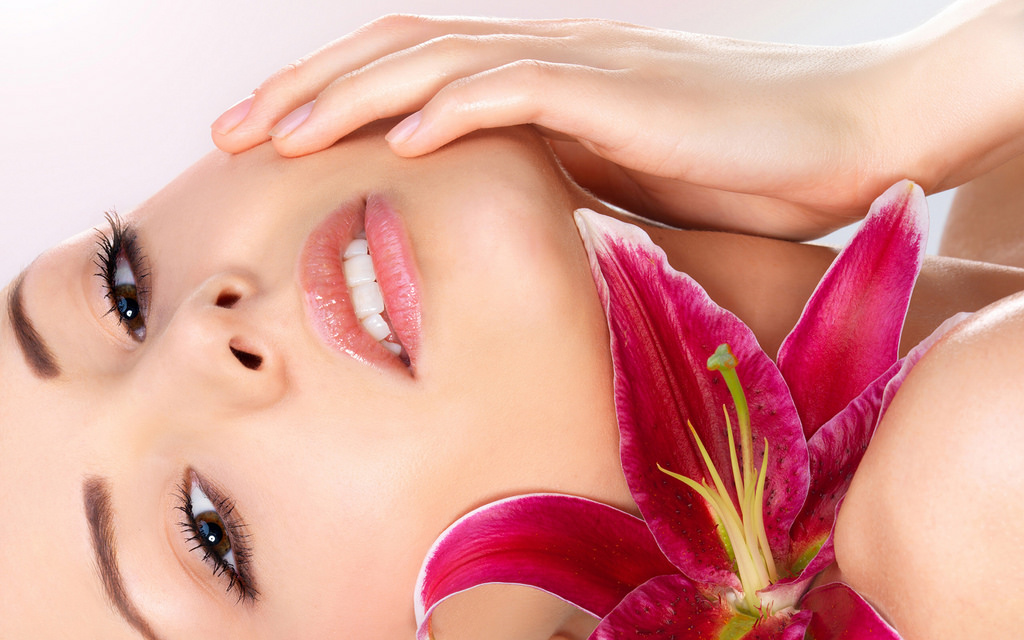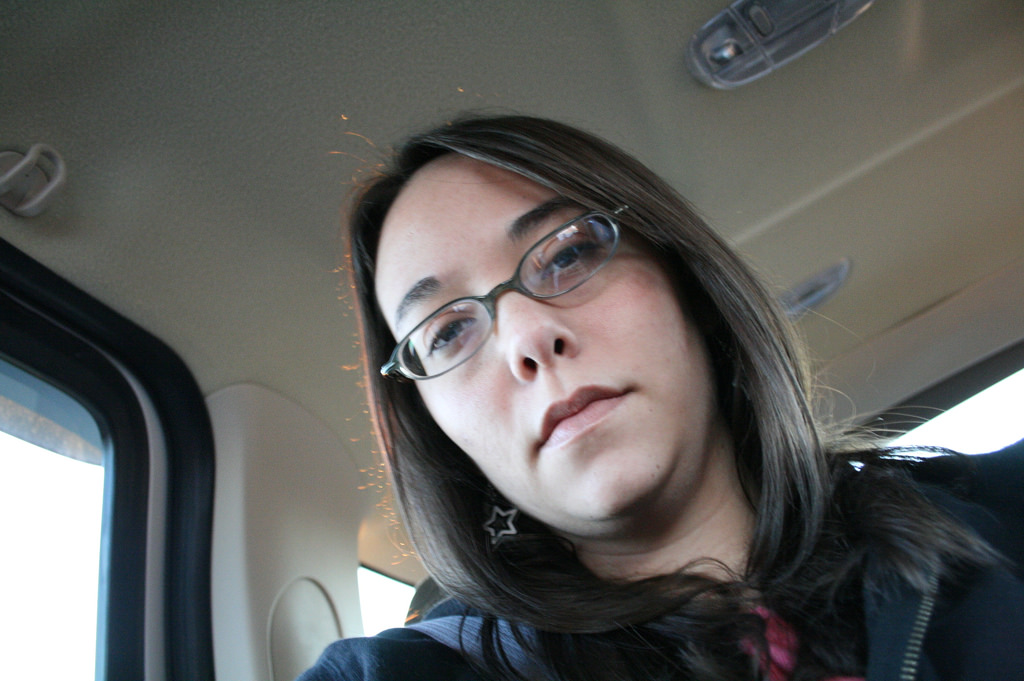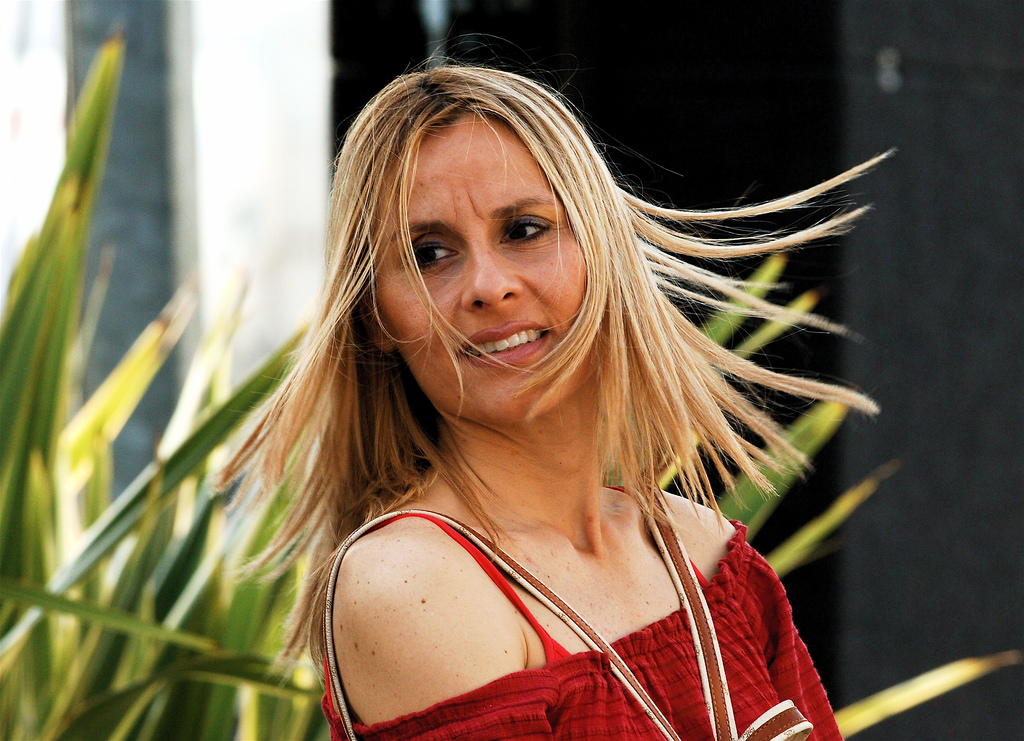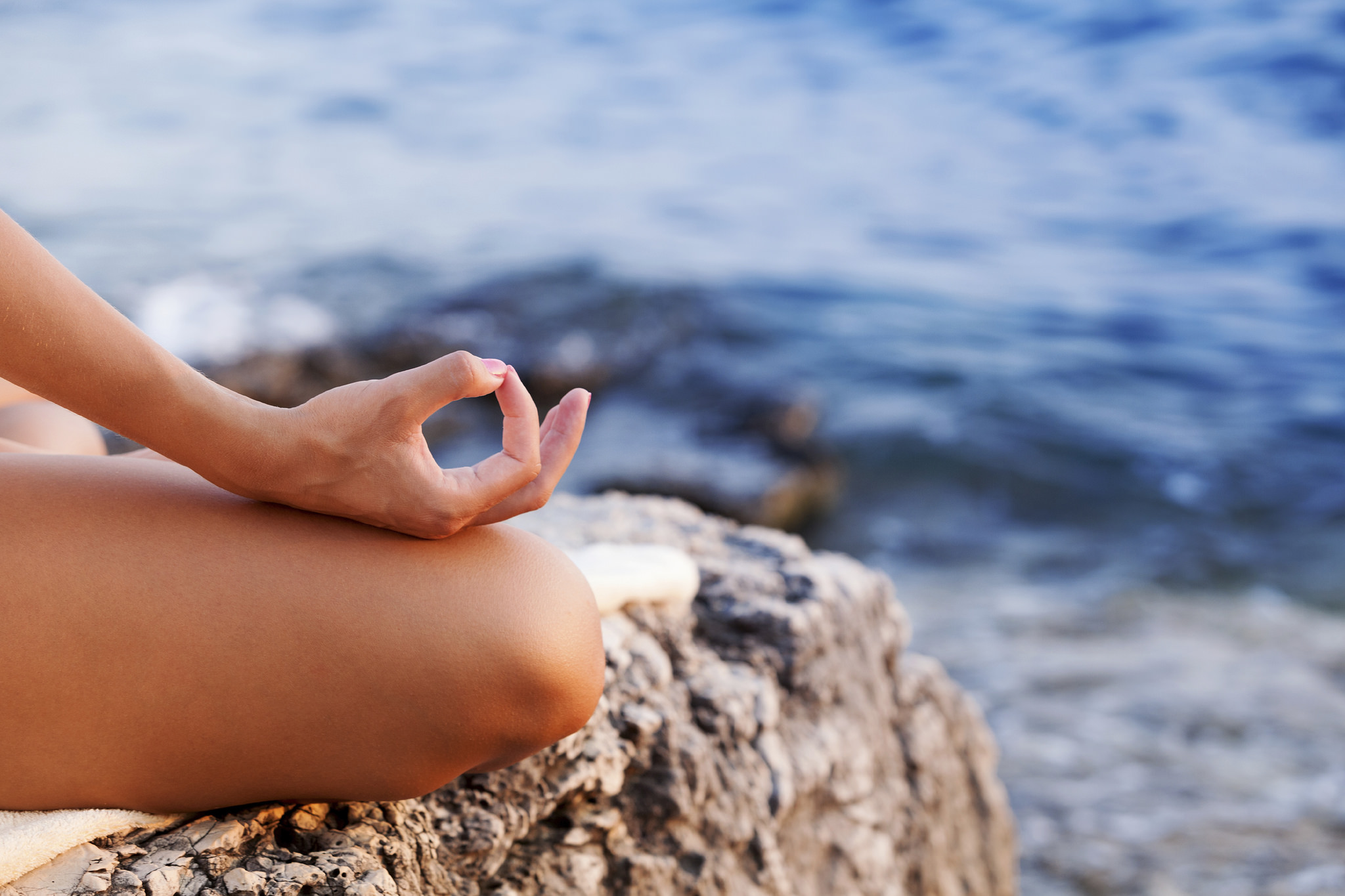Image: tommerton2010
There are several theories explaining why and how we age. One theory says that certain genes determine how long we would live. There is also a theory stating that over time, our body wears out including our DNA, leading to the loss of functioning of certain body systems. But regardless of whether these theories are true or not, there’s one thing that remains clear: many women dislike aging. It shows on how popular anti-aging creams are as well as cosmetic procedures that promise younger-looking skin.
Some of the cosmetic procedures women can have for a younger-looking skin include Botox injections (a purified protein from the botulinum toxin), chemical peels, and soft tissue fillers (injectable treatments used directly under the face of the skin). While many of these procedures are effective, they require several sessions in a month and this can be costly especially for those who are on a budget.
Women who are uncomfortable with the idea of putting something into their skin can still look younger without breaking the bank through facial exercises. It was believed that the French started this form of beauty routine. The first set of facial exercises was published in a pamphlet on year 1710. However, it was only in the late 1950s when the modern style of facial exercise was born.
Proponents of facial exercise believe that the facial muscles are like other muscles of the body. If you don’t “work them out” they would sag, causing premature signs of skin aging.
There are different types of facial exercise routine you can try depending on the area you want to work on. The following are some of the best facial exercises to help you look years younger:
Smile Smoother
The Smile Smoother is beneficial for those with sagging skin and cheek lines. Skin sagging is common as we age. It can be attributed to several factors including the loss of collagen and elastin which are the supportive connective tissues of the skin, making it flexible and plump. Aside from aging, the skin also loses these supportive connective tissues due to unprotected sun exposure.
The first step in doing the Smile Smoother is to make an ‘O’ shape with your mouth, making sure the teeth are hidden. Smile as wide as you could without showing your teeth. Hold your smile and place your index finger on your chin. With your index finger still on your chin, start to move your jaw up and down. Relax and repeat this for six times.
Frowning Glory
The Frowning Glory works well for the crow’s feet. The crow’s feet are also known as the laugh lines. These are the fine lines surrounding the outer corners of the eyes. The crow’s feet are among the signs of skin aging and often start to appear starting in the mid-30s. The appearance of these fine lines can be due to the loss of elastin and collagen. These proteins can be lost due to aging, excessive sun exposure, smoking, and exposure to pollution.
To do the Frowning Glory, simply scrunch your eyebrows as if you’re frowning. Relax your forehead and then do that again. Repeat it for three to four times in a day.
Jawline Roll
The Jawline Roll is a good facial exercise for sagging skin. It works the muscles underneath the jawline.
The Jawline Roll starts with a tightened face. With your puckered lips and tightened face, say with a force “Ew Charles.” As you’re saying this loudly, you are working the muscles quicker. When you’re doing this facial exercise, make sure that you’re not grinding your teeth. Do 3 sets before relaxing.
Flirty Eyes
The Flirty Eyes work well for the deep eye hollows and drooping eyebrows. Drooping eyebrows typically happen as we age. This has something to do with the sagging of the skin and the weakening of the connective tissues surrounding the eyes.
To do the Flirty Eyes, start by placing an index finger under each eye. Your finger should be pointing towards your nose. With your mouth slightly open and with your teeth hidden, flutter your eyelids while gazing at the ceiling. Do this for 30 seconds and then rest.
Stretch
Aging does not only cause sagging of the facial muscles; it can also affect the neck muscles. You can keep it from happening by doing the Stretch.
To do the Stretch, simply pull your neck upwards and sideways. Do this for a few seconds, about three to four times in a day. Doing this regularly can help tone your neck muscles.
When it comes to looking young, you don’t really need expensive procedures especially if you’re not comfortable with them. There are facial exercises that you can do regularly in the comfort of your own home. They are easy-to-do and works really well when done correctly and regularly.





